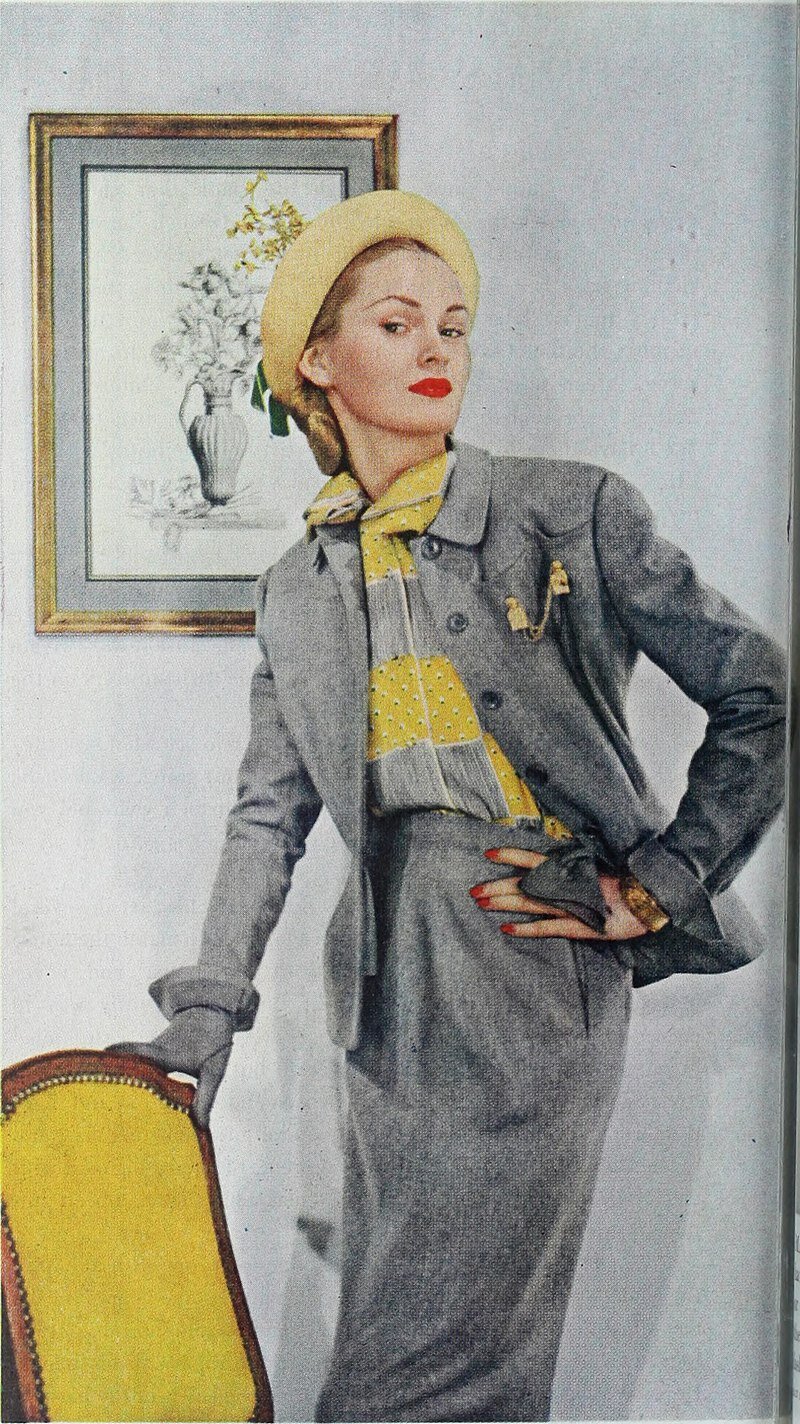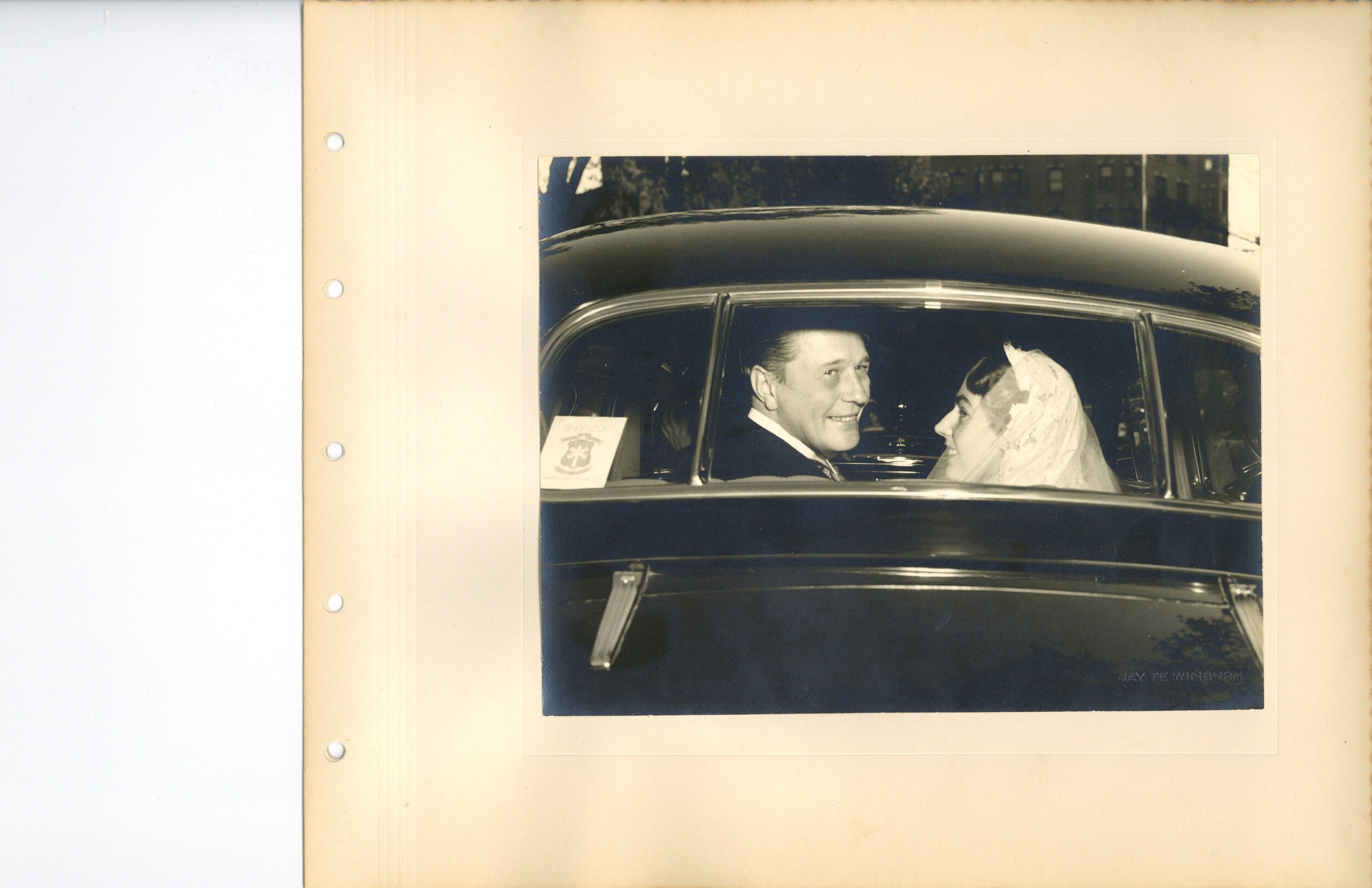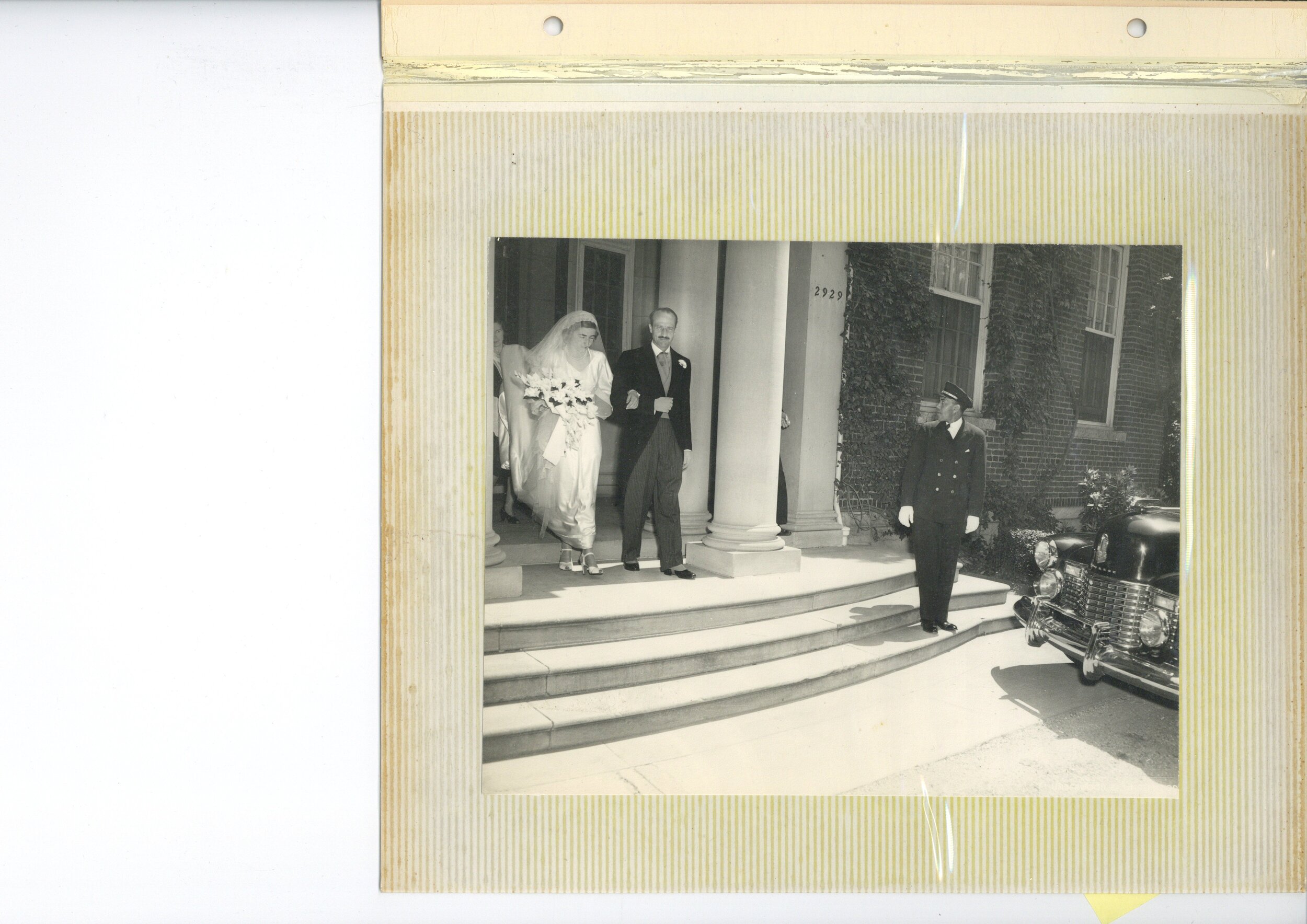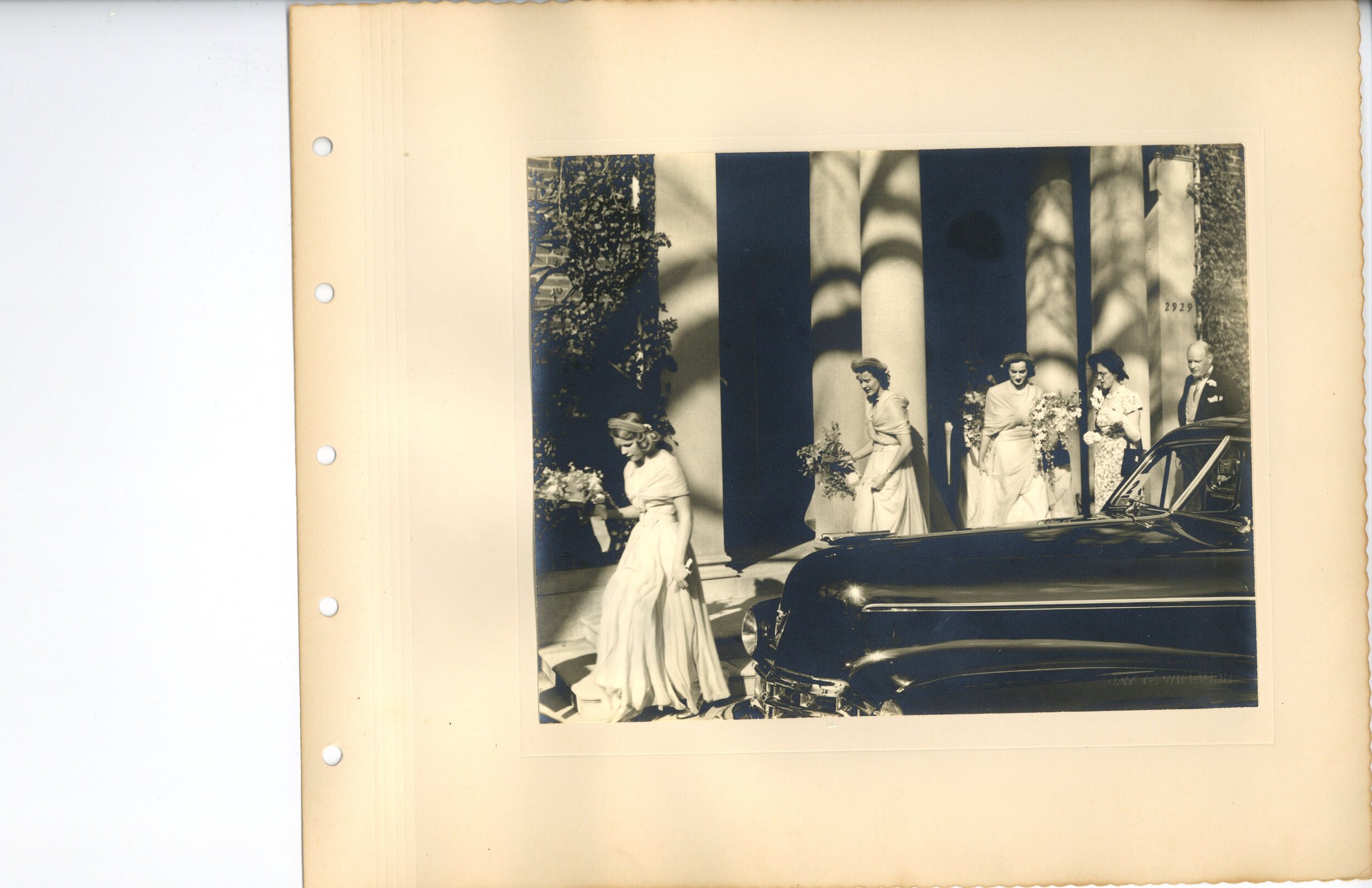1940’s Fashion
Henrietta Kanengeiser was born in Vienna and emigrated to the United States with her family as a child. She chose the name Hattie Carnegie as a young woman; future thoughts of her eponymous label perhaps inspired the change.
Carnegie got her start in fashion as a messenger at Macy’s, did some modeling, and initially worked in the millinery trade like so many designers.
Carnegie was not a skilled technical dressmaker but is regarded as an accomplished entrepreneur. She spotted and fostered young design talent. Some of America's best know designers began their careers in her ateliers. She also bridged the gap in a very transitory time in women's fashion. She initially imported designs from France but adapted and reworked styles, making them streamlined and appealing to her American clients. She continued to provide the couture salon atmosphere and individual attention for her clients but forayed into ready-to-wear and further democratized by offering patterns for home sewers.
It is not surprising that Countess Széchényi was Carnegie's client. The Countess's developed a wardrobe in the 1920s and 30s to suit her lifestyle as an ambassador's wife. She was busy with her philanthropic work and raising her five daughters. Carnegie's suits were refined and practical.
The Countess was also a client of Budapest-based dressmaker Júlia Fischer and promoted Hungarian textiles and lace in the United States. Through her philanthropic work, she supported the many opportunities fashion provided for women to gain economic freedom and agency.
The 1941 Cadillac on display originally belonged to Countess Széchényi. The lineage of this Cadillac, driven by chauffeur William “Bill” Millington, could be traced back through countless family outings but most significantly it was used during the Countess's daughters' weddings, Nandine and Sylvia during the 1940s, seen here. These photos give us a peek at bridal gowns, bridesmaid’s dresses, and men's formal suits.






















